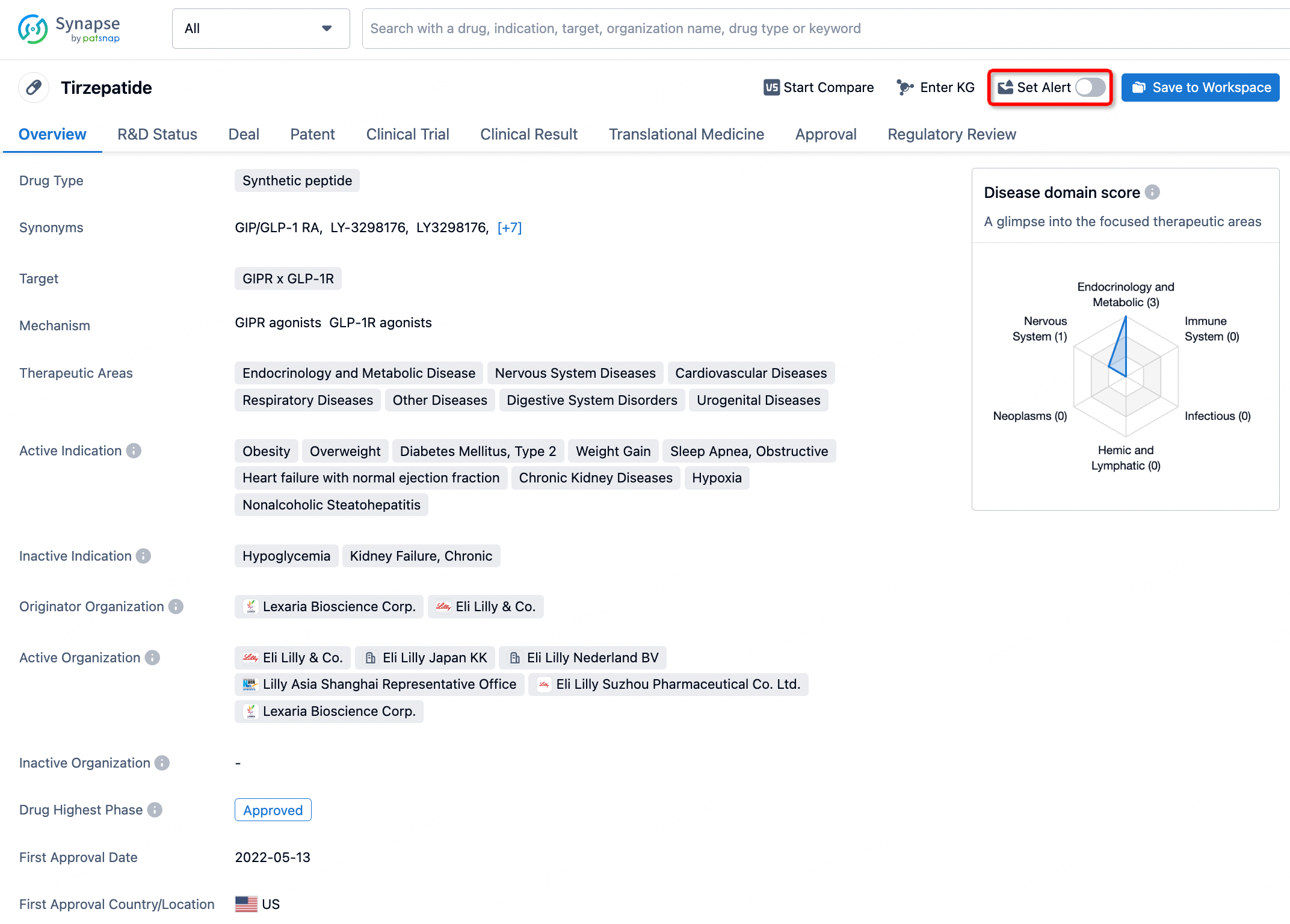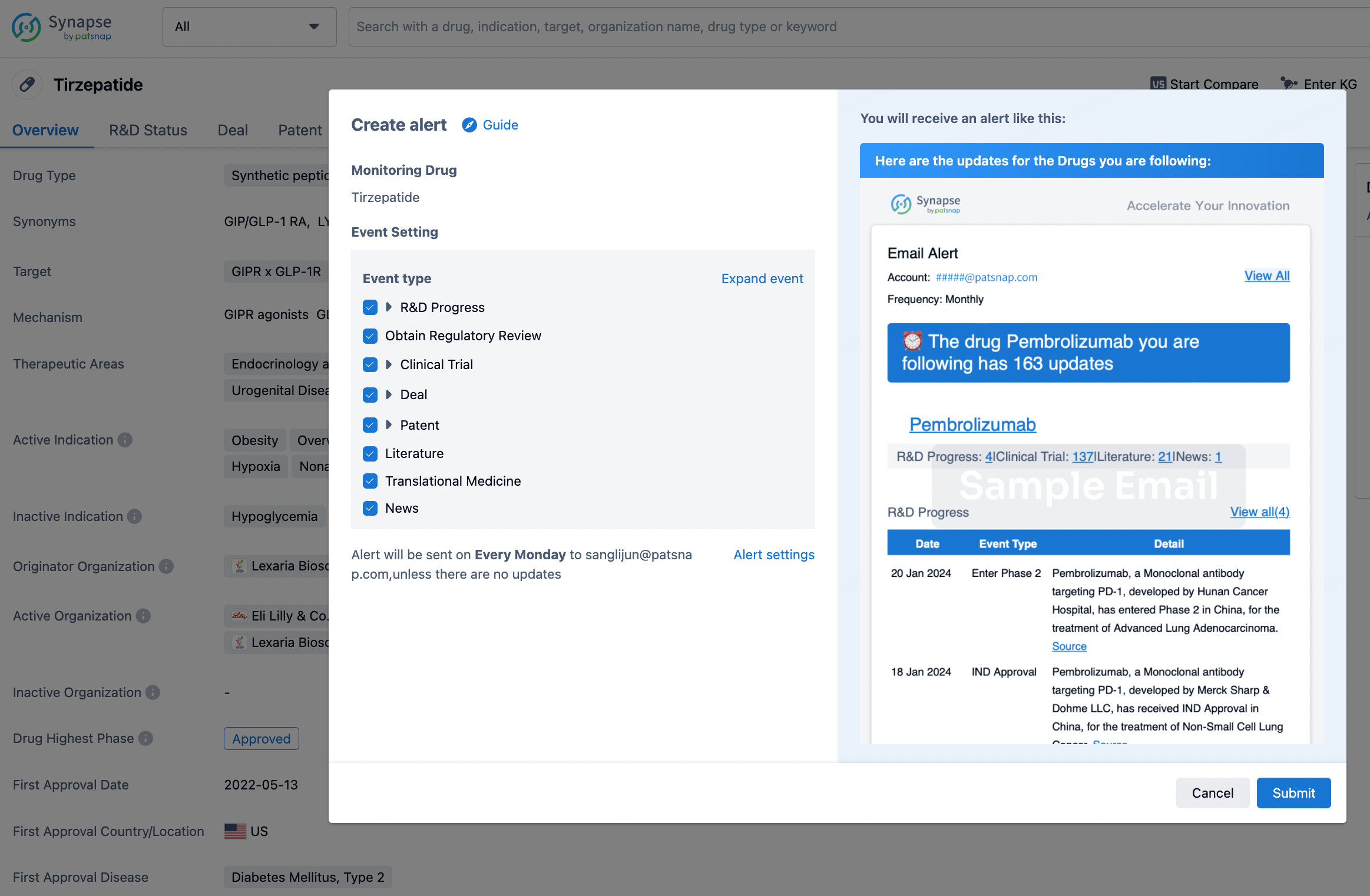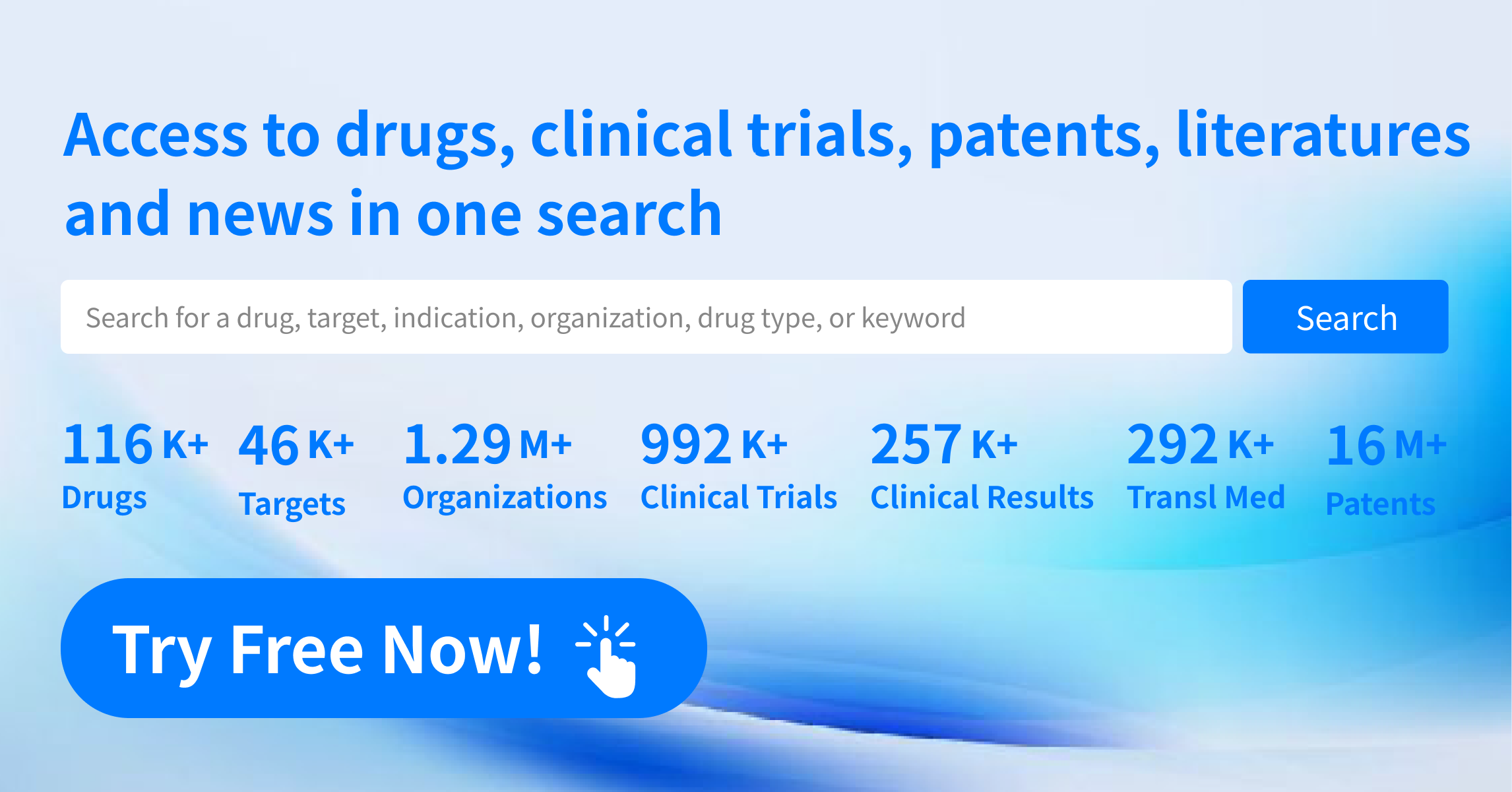Request Demo
What is the mechanism of Diphenylpyraline Hydrochloride?
18 July 2024
Diphenylpyraline hydrochloride is an antihistamine commonly used to treat allergic reactions, including rhinitis and urticaria. Understanding its mechanism of action requires delving into its interactions at the molecular level and its resulting pharmacological effects.
At its core, the primary mechanism of diphenylpyraline hydrochloride involves its antagonistic activity at the histamine H1 receptors. Histamine is a biologically active substance that plays a crucial role in the body's immune response, particularly in allergic reactions. When an allergen enters the body, it triggers the release of histamine from mast cells and basophils. Histamine then binds to H1 receptors on various cells, leading to symptoms such as vasodilation, increased vascular permeability, itching, and smooth muscle contraction.
Diphenylpyraline hydrochloride counteracts these effects by competitively inhibiting the binding of histamine to the H1 receptors. By blocking these receptors, the drug prevents histamine from exerting its effects, thereby alleviating the symptoms associated with allergic reactions. This antihistamine effect is the primary reason why diphenylpyraline hydrochloride is effective in treating conditions like allergic rhinitis, conjunctivitis, and chronic urticaria.
Moreover, diphenylpyraline hydrochloride possesses anticholinergic properties, which means it can inhibit the action of acetylcholine, a neurotransmitter involved in the parasympathetic nervous system. This action contributes to its effectiveness in reducing symptoms like runny nose and watery eyes by decreasing secretions in the respiratory tract.
The pharmacokinetics of diphenylpyraline hydrochloride also play a significant role in its clinical efficacy. After oral administration, the drug is readily absorbed from the gastrointestinal tract. It undergoes hepatic metabolism, and its metabolites are excreted primarily via the kidneys. The onset of action typically occurs within 1 to 2 hours, making it a relatively fast-acting antihistamine.
In summary, the mechanism of diphenylpyraline hydrochloride is primarily based on its ability to block histamine H1 receptors, thereby preventing the typical symptoms of allergic reactions. Its anticholinergic effects further contribute to its therapeutic benefits by reducing respiratory secretions. Understanding these mechanisms offers insight into how diphenylpyraline hydrochloride effectively manages allergic conditions, making it a valuable tool in the arsenal against allergies.
At its core, the primary mechanism of diphenylpyraline hydrochloride involves its antagonistic activity at the histamine H1 receptors. Histamine is a biologically active substance that plays a crucial role in the body's immune response, particularly in allergic reactions. When an allergen enters the body, it triggers the release of histamine from mast cells and basophils. Histamine then binds to H1 receptors on various cells, leading to symptoms such as vasodilation, increased vascular permeability, itching, and smooth muscle contraction.
Diphenylpyraline hydrochloride counteracts these effects by competitively inhibiting the binding of histamine to the H1 receptors. By blocking these receptors, the drug prevents histamine from exerting its effects, thereby alleviating the symptoms associated with allergic reactions. This antihistamine effect is the primary reason why diphenylpyraline hydrochloride is effective in treating conditions like allergic rhinitis, conjunctivitis, and chronic urticaria.
Moreover, diphenylpyraline hydrochloride possesses anticholinergic properties, which means it can inhibit the action of acetylcholine, a neurotransmitter involved in the parasympathetic nervous system. This action contributes to its effectiveness in reducing symptoms like runny nose and watery eyes by decreasing secretions in the respiratory tract.
The pharmacokinetics of diphenylpyraline hydrochloride also play a significant role in its clinical efficacy. After oral administration, the drug is readily absorbed from the gastrointestinal tract. It undergoes hepatic metabolism, and its metabolites are excreted primarily via the kidneys. The onset of action typically occurs within 1 to 2 hours, making it a relatively fast-acting antihistamine.
In summary, the mechanism of diphenylpyraline hydrochloride is primarily based on its ability to block histamine H1 receptors, thereby preventing the typical symptoms of allergic reactions. Its anticholinergic effects further contribute to its therapeutic benefits by reducing respiratory secretions. Understanding these mechanisms offers insight into how diphenylpyraline hydrochloride effectively manages allergic conditions, making it a valuable tool in the arsenal against allergies.
How to obtain the latest development progress of all drugs?
In the Synapse database, you can stay updated on the latest research and development advances of all drugs. This service is accessible anytime and anywhere, with updates available daily or weekly. Use the "Set Alert" function to stay informed. Click on the image below to embark on a brand new journey of drug discovery!
AI Agents Built for Biopharma Breakthroughs
Accelerate discovery. Empower decisions. Transform outcomes.
Get started for free today!
Accelerate Strategic R&D decision making with Synapse, PatSnap’s AI-powered Connected Innovation Intelligence Platform Built for Life Sciences Professionals.
Start your data trial now!
Synapse data is also accessible to external entities via APIs or data packages. Empower better decisions with the latest in pharmaceutical intelligence.


